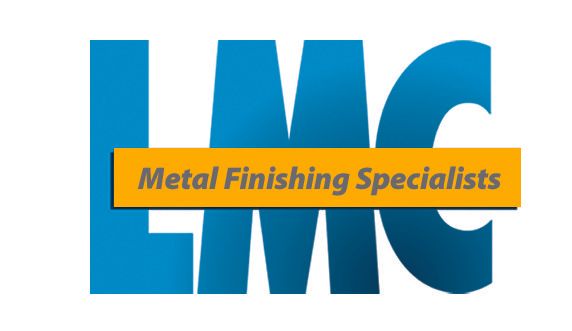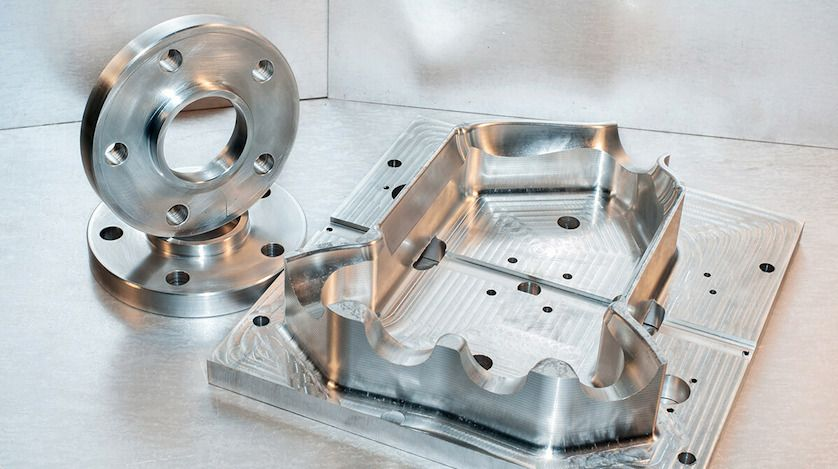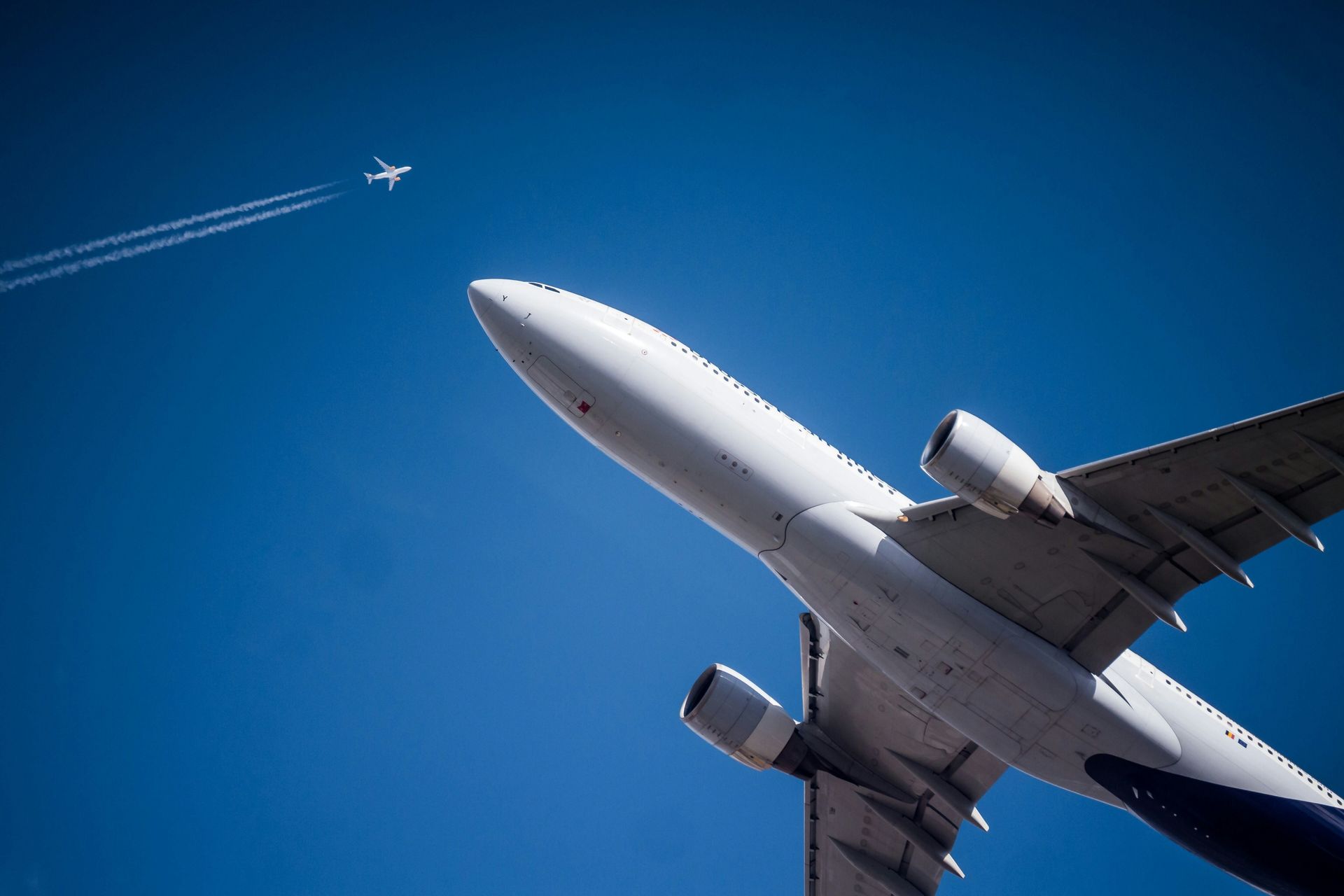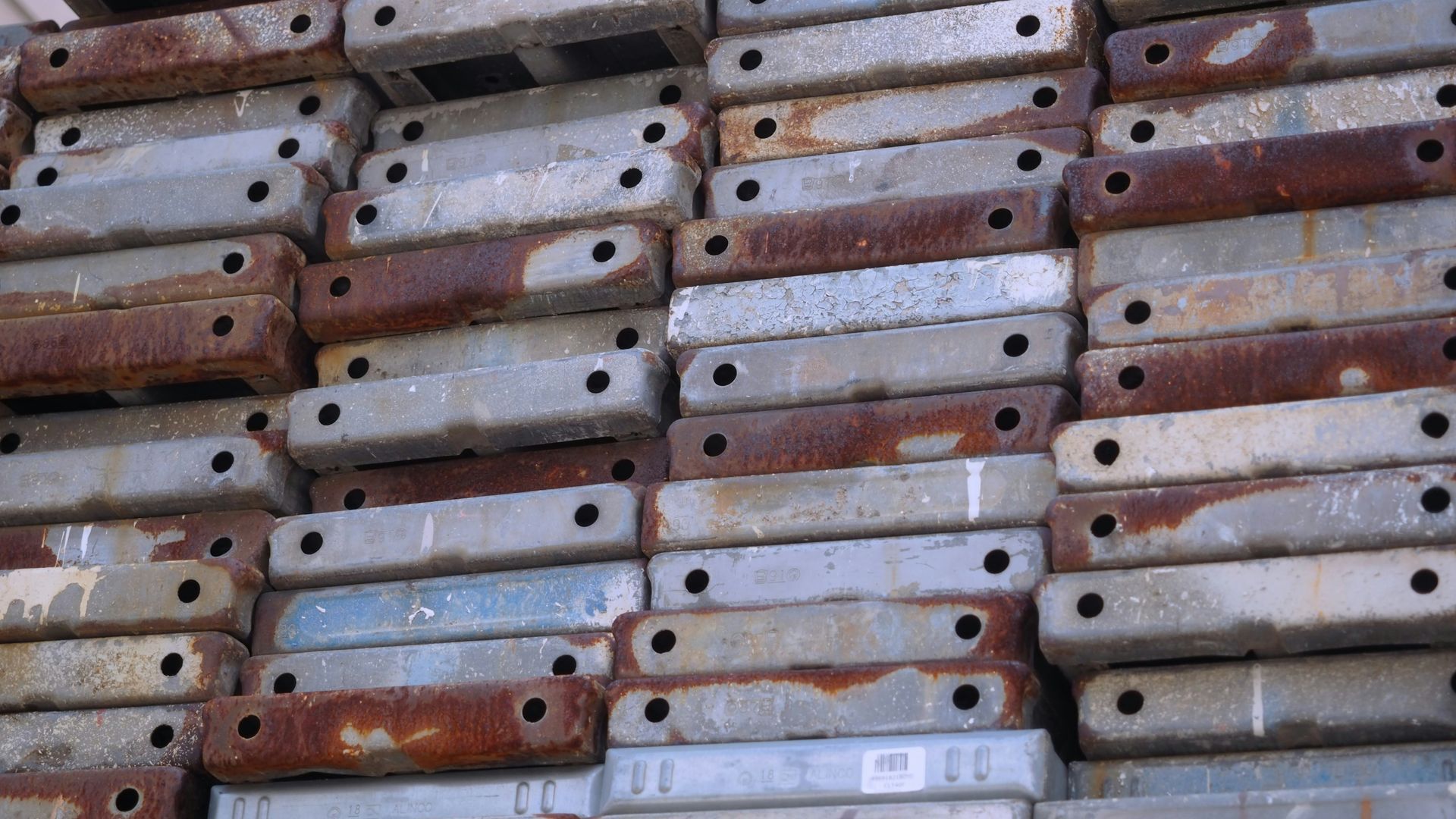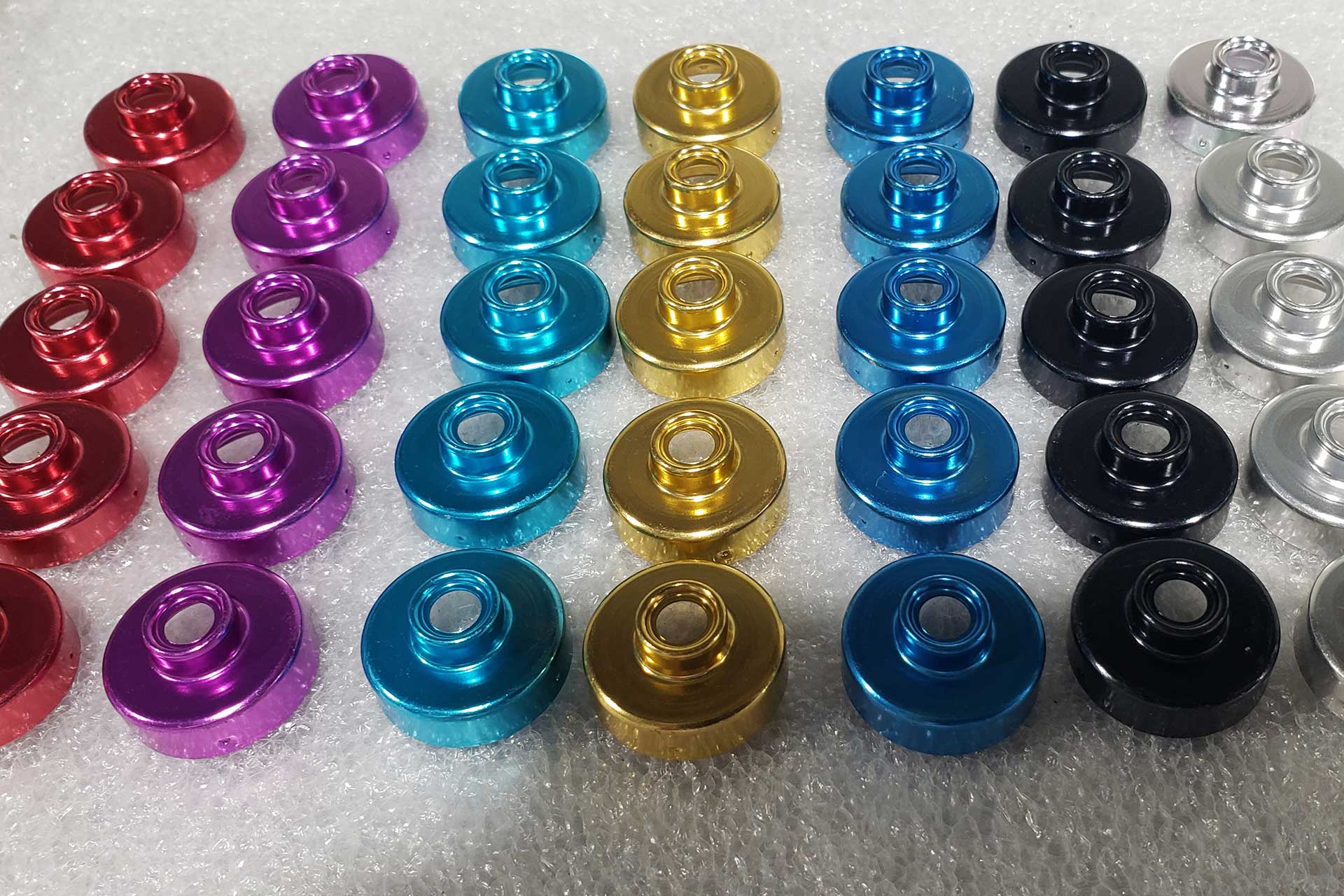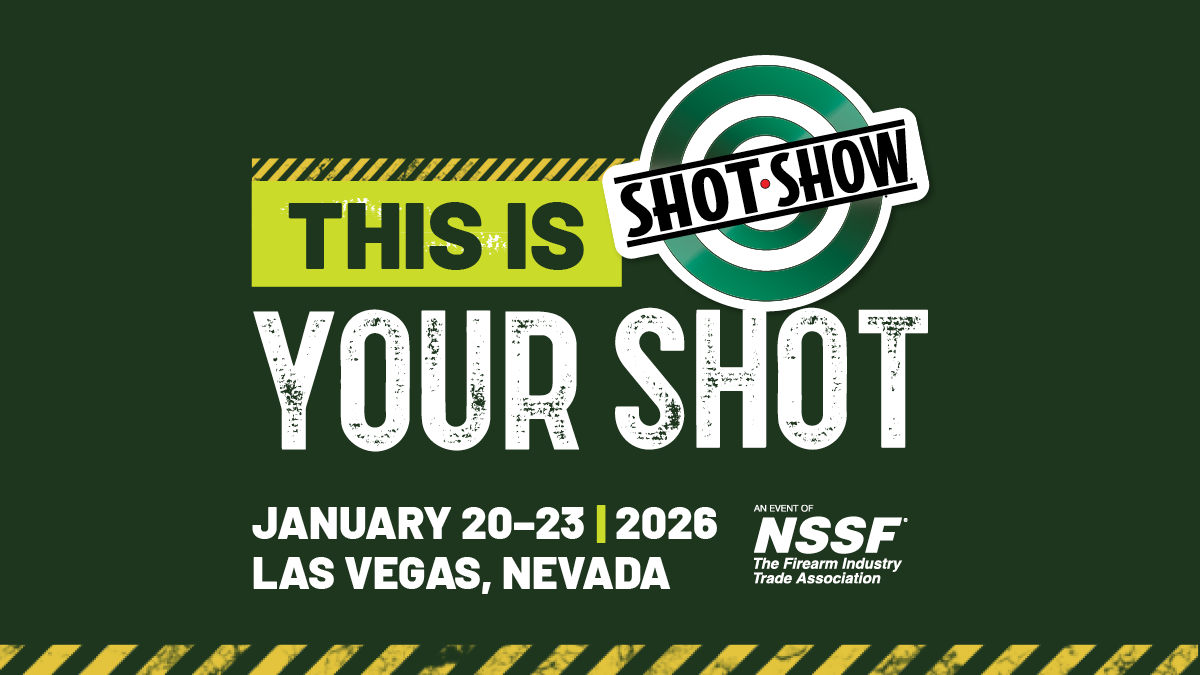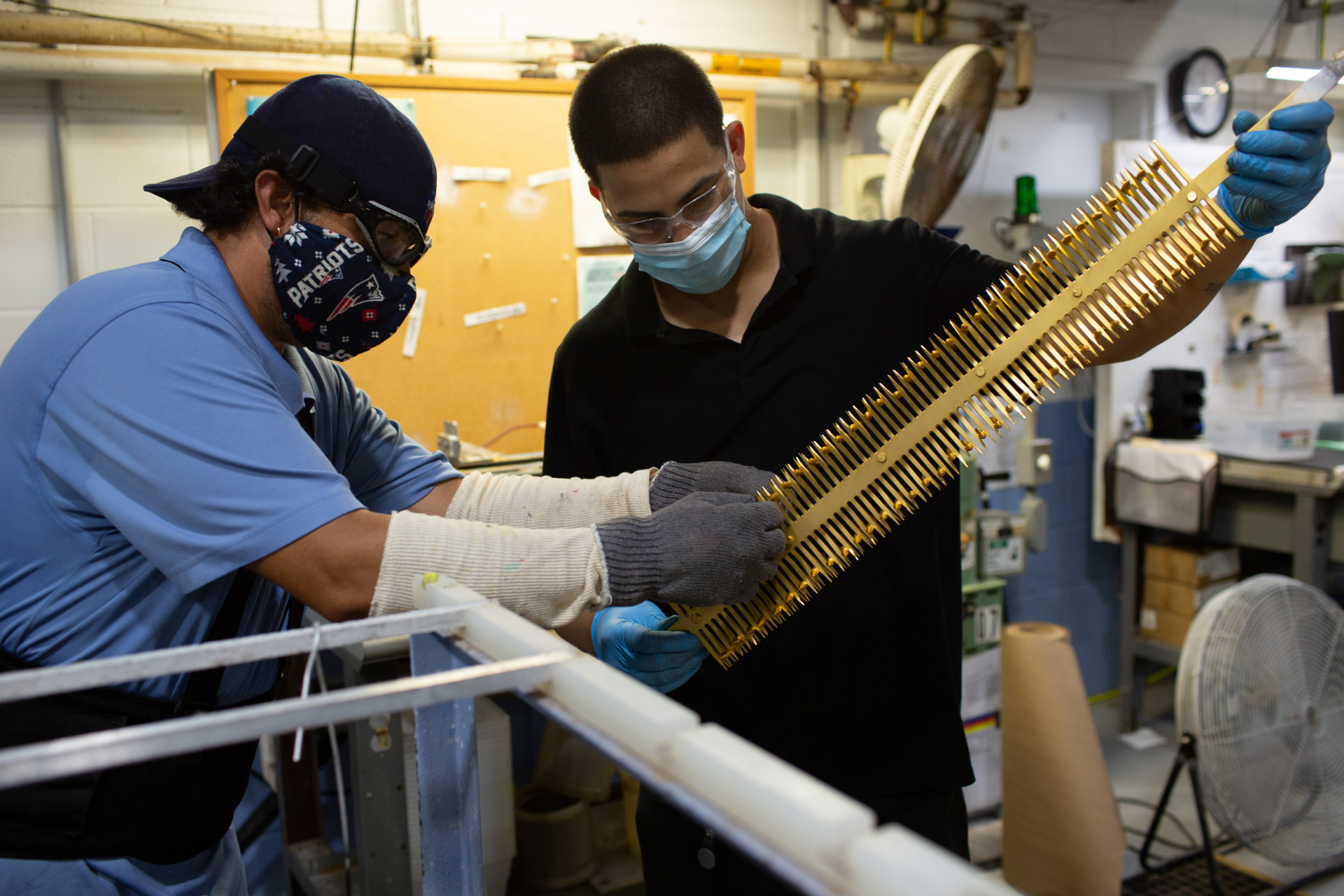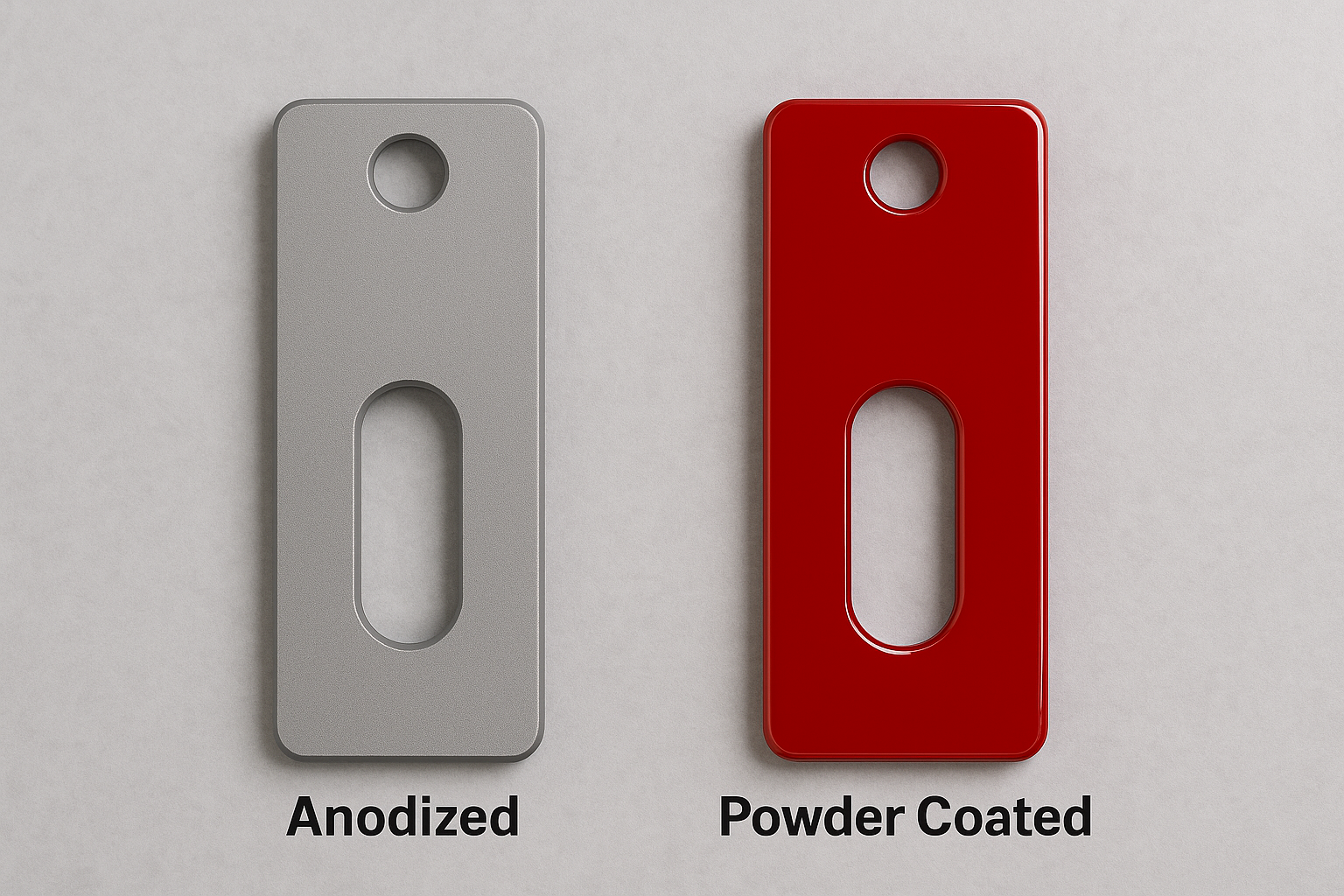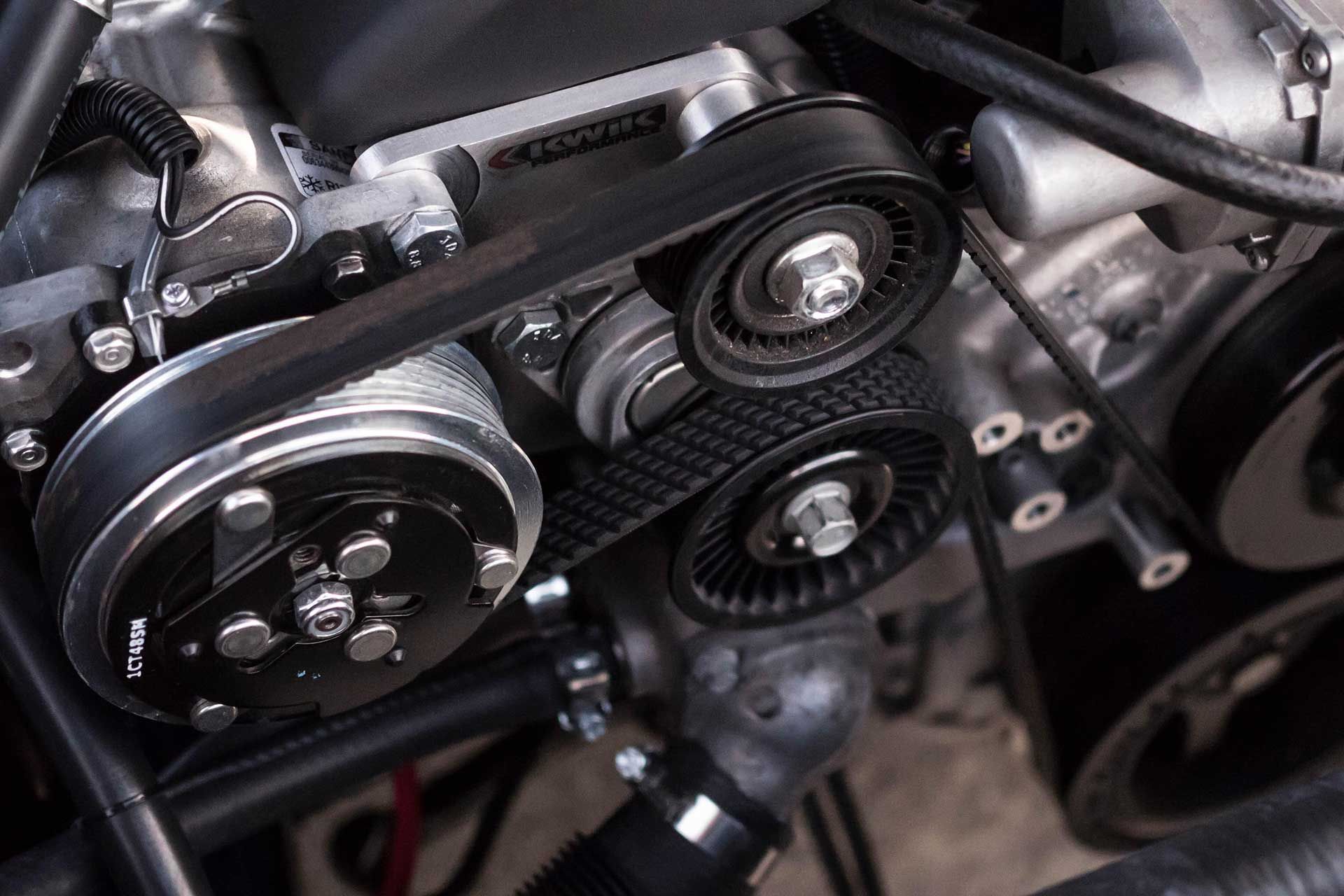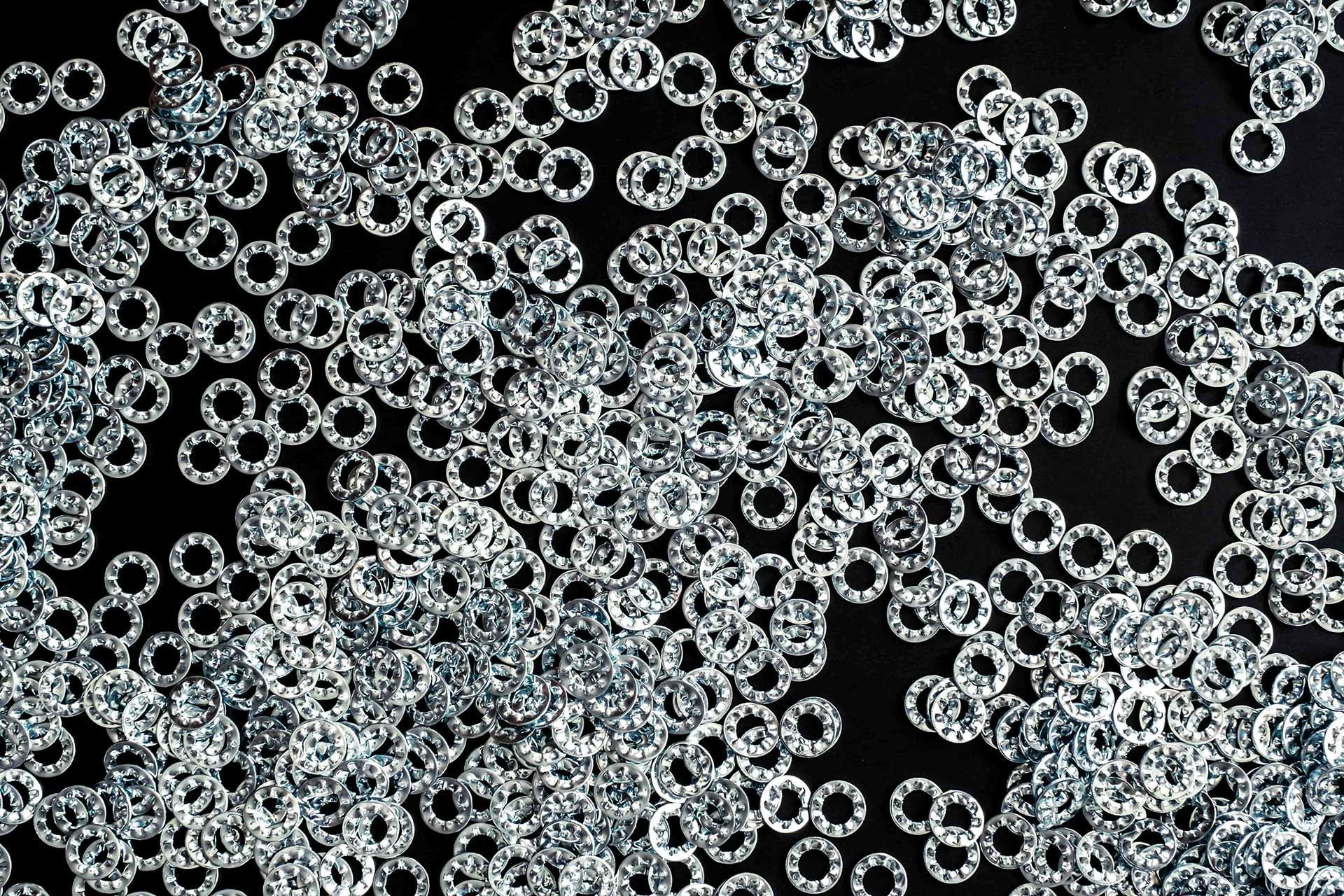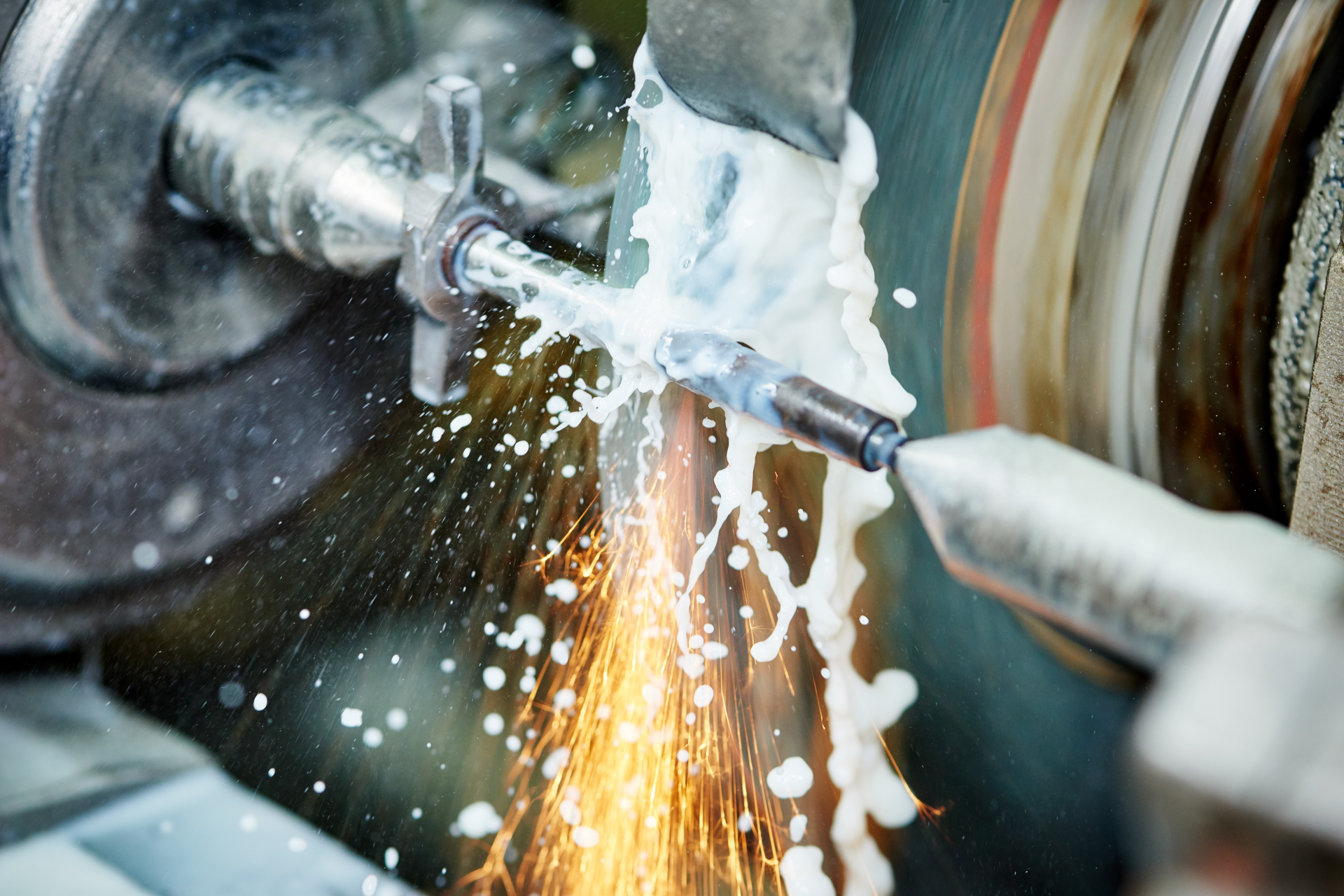Firearm Finish Types: How To Choose the Most Durable Gun Finish
In the firearm industry, a finish is more than just surface appearance — it directly impacts durability, corrosion resistance, and overall performance. For manufacturers and business owners producing firearm components, selecting the right coating can determine how well products stand up to field use, environmental stress, and long-term wear.
This guide explains the most common firearm finish types, their advantages, and key considerations when selecting the right process for your parts.
Why Firearm Finishes Are Essential for Durability and Performance
A high-quality finish serves several critical functions:
- Corrosion resistance protects metal parts against moisture, chemicals, and harsh environments.
- Wear resistance reduces friction between moving components, extending part lifespan.
- Thermal stability allows parts to withstand extreme heat without degrading.
- Appearance enhances marketability and provides non-reflective or decorative options.
By investing in the right finish, manufacturers not only improve product reliability but also lower warranty costs and customer returns.
Common Types of Gun Finishes and Coatings
Hard Coat Anodize
Hard coat anodizing (Type III anodize) is an electrochemical process applied to aluminum firearm parts. It creates a tough oxide layer that dramatically increases surface hardness and corrosion resistance. Anodized parts can be dyed in different colors, offering both functional and aesthetic benefits. For aluminum components, hard coat anodizing remains one of the most durable and cost-effective solutions.
Cerakote and Spray-On Coatings
Cerakote is a polymer-ceramic composite coating known for abrasion, chemical, and impact resistance. It provides extensive customization options through colors and patterns, especially when paired withlaser engraving and paint fill services. Similar spray-on coatings include DuraCoat and KG Gunkote, though these are often favored in consumer or DIY applications. While Cerakote can be applied to metals, plastics, and wood, it is most valued for its versatility in visual design rather than long-term wear resistance in industrial production.
Chrome Plating
Chrome plating is widely used on steel firearm parts for its ability to resist corrosion and reduce friction. It is particularly effective on components exposed to high heat, such as barrels and bolt carriers. Chrome plating also provides a smooth, easy-to-clean surface, which is valuable for reducing fouling in high-use weapons.
Black Nitride
Also known as ferritic nitrocarburizing, black nitride treatment provides a sleek matte black finish while improving wear resistance, lubricity, and corrosion protection. It is often used as an alternative to manganese phosphate and is valued for its dimensional stability and durability in demanding environments.
Manganese Phosphate (Parkerizing)
Parkerizing is a chemical conversion coating widely adopted in military and defense metal finishing. It produces a crystalline finish that improves oil retention and wear resistance. Its non-reflective surface makes it effective in tactical environments. While less corrosion-resistant than some modern finishes, it remains a reliable choice for steel components.
Bluing and Black Oxide
Bluing, also referred to as black oxide, oxidizes the surface of steel to provide a thin layer of corrosion resistance and glare reduction. It is one of the most affordable finishes, though it requires regular oiling to maintain protection. Manufacturers often use bluing on lower-cost firearms where aesthetics and cost are priorities over maximum durability.
Nickel Boron (NiB)
Nickel Boron is prized for its hardness, lubricity, and long-lasting corrosion resistance. It creates a surface that reduces friction and wear, making it well-suited for internal components such as bolt carrier groups. NiB finishes also make cleaning easier due to their smooth, non-stick characteristics.
Diamond-Like Carbon (DLC)
DLC coatings combine the hardness of diamond with the lubricity of graphite. This advanced finish delivers exceptional wear resistance, chemical stability, and extremely low friction. While more expensive, DLC is an increasingly popular option for high-performance firearms and critical components that must withstand heavy use.
Factors to Consider When Choosing a Gun Finish
When selecting the right coating for your firearm parts, consider:
- Material type: Aluminum, steel, and alloys may require different processes.
- Environmental exposure: Humid, marine, or desert conditions demand higher corrosion resistance.
- Application use: Internal components benefit from low-friction coatings, while external parts require both protection and visual appeal.
- Lifecycle cost: More durable finishes reduce replacement cycles and maintenance over time.
Why Anodizing Is the Superior Firearm Finish for Manufacturers
While multiple coating types provide unique benefits, hard coat anodizing consistently stands out as the most effective option for aluminum firearm components. It delivers superior corrosion resistance, long-term durability, and reduced lifecycle costs, making it the finish of choice for manufacturers seeking a balance of performance and efficiency.
Work With Light Metals Coloring for Firearm Finishing Solutions
At Light Metals Coloring, we specialize in advanced finishing solutions for firearm manufacturers and defense contractors. Our expertise in anodizing and other metal finishing processes helps clients produce components that perform reliably in the most demanding environments.
Contact our team today to learn more about our firearm finishing services and how we can help you select the best solution for your production needs.
